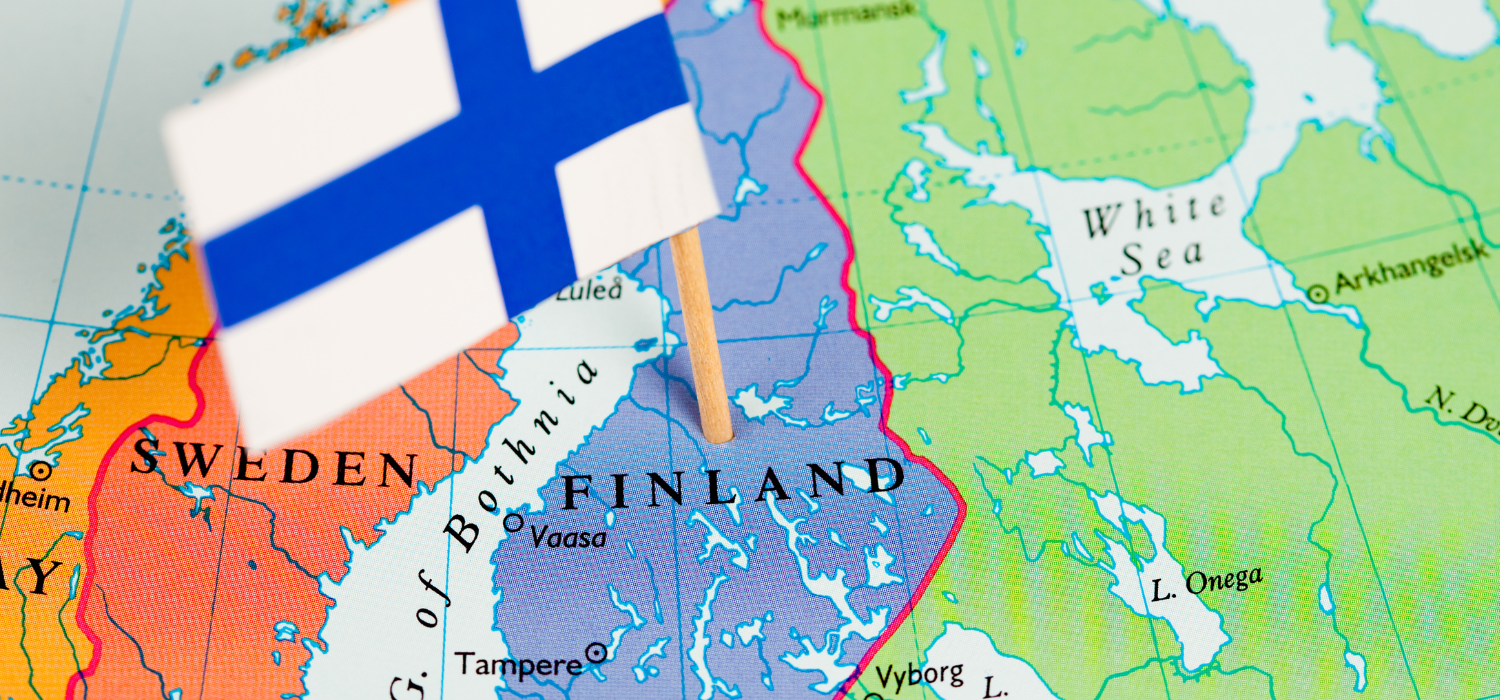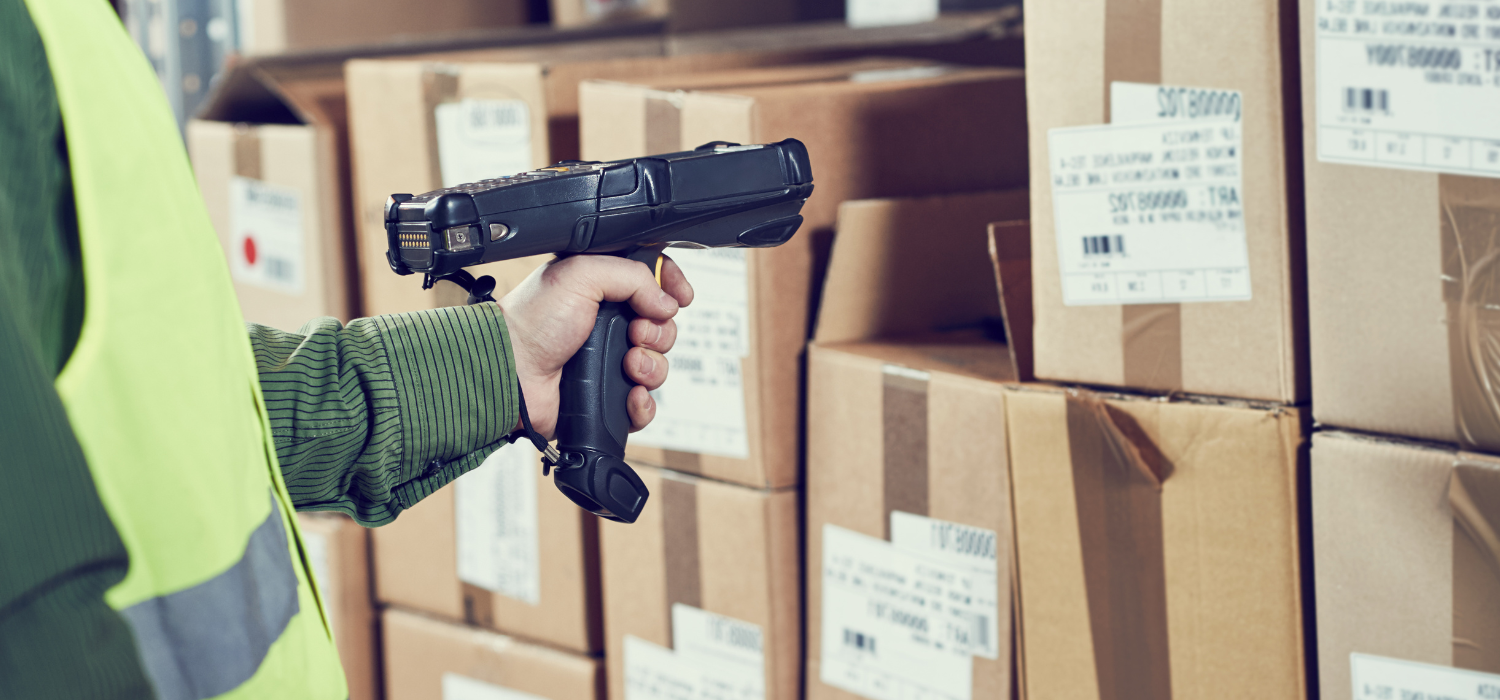In 2022, online purchases by Italians will grow by a further +14%, reaching 45.9 billion euro. This figure emerges from the latest survey conducted by the B2C eCommerce Observatory of the Politecnico di Milano and presented at Netcomm Forum 2022, the reference event for the digital world on the evolution of eCommerce, digital retail and business innovation at national and global level.
As anticipated in our last article dedicated to the impacts of Generation Z on eCommerce, we asked Valentina Pontiggia, Director of the B2C eCommerce and Digital Retail Innovation Observatories of the Politecnico di Milano, a few questions about the numbers of the eCommerce market in Italy.
In 2022 eCommerce is still growing, but there is more growth between 2020 and 2021 than between 2021 and 2022. So what can we expect in the near future? Will eCommerce continue to grow or will it slow down?
Analysing the product segment alone, Italians’ purchases through the online channel in 2022 will reach EUR 34 billion, up +10% compared to the previous year. However, this growth has decelerated, both in percentage terms – between 2020 and 2021 products grew by +18% and between 2019 and 2020 by +47% – and in absolute terms: from +8 billion and +5 billion respectively to the current +3 billion. This result should however be interpreted positively: +3 billion is in fact growth in line with that recorded in the pre-pandemic period. The results in the two years that were most affected by the pandemic were therefore influenced by it, due to shop closures and the fact that we were restricted in our usual behaviour. The fact that today, back to normal, eCommerce is still growing at positive rates gives us hope for the future. There are also other factors to check, such as geopolitical instability that has resulted in sharp increases in the cost of energy and some raw materials such as wheat, and skyrocketing inflation that will result in a decrease in Italians’ purchasing power. These are all factors that will also affect eCommerce trends, we will have to understand how.
What are the main trends in 2021 and what should we expect in 2022?
Firstly, in 2022 merchants will be working a lot on optimising all processes, even those which the consumer does not see but which are very important for the success of eCommerce, such as logistics. Last-mile delivery is indeed becoming increasingly complex, as well as a critical success factor for these initiatives. This also entails finding alternatives, such as integrations with ‘out of home’ services, including Locker and Pick-up Points, an offer of different service levels and costs, a different focus on the environment and impact on it. This wealth of solutions can also be seen, for example, in the world of payments with ‘buy now, pay later’, but not only that, efforts are also being made to include tools that are increasingly marrying the varied needs of consumers. In fact, the pool of eCommerce users is also growing, more and more numerous and varied, which creates the need to generate wealth. It is also working in the direction of attracting new consumers by meeting them at new access points such as social networks.
In the medium to long term, there will instead be an increasing focus on the second-hand market, the so-called secondary market; but also on quick commerce, especially in the area of food, with increasingly rapid deliveries; and also new technological trends, from metaverse to live streaming shopping to the theme of sustainability. Finally, there will be increasing integration between online and offline. However, it is important to understand how the context in which eCommerce operates is changing: the pandemic, for example, has generated a return to proximity with the rediscovery of neighbourhood shops of their market value. Shops that are increasingly moving in the direction of not only doing commerce and transactions, but also offering a range of services to the end consumer guaranteed in as little as 15 minutes. To do this, a lot of work also needs to be done on the retail infrastructure and on the enhancement of different services, hence on a new idea of commerce.
As pandemic-related restrictions are being relaxed, physical shops are also returning to ‘normal’. Should we expect this to affect the eCommerce market? And what should we expect from physical shops?
The return to normality on the part of shops will also have repercussions on the eCommerce trend, but what we are seeing is that more and more retailers are trying not to pit these two channels against each other, but on the contrary to unite them in a joint strategy that knows how to exploit the strengths of one and the other, in particular the speed and breadth of the offer as far as online is concerned, and the relational component as far as shops are concerned. An element, the latter, on which shops will increasingly push. The challenge for the future is therefore to build a balance between these two channels, with the main objective of creating value for end consumers and with a focus on costs as well.
What are the most ‘lively’ market segments in terms of eCommerce? Are there new product segments that are expected to take more space online in the future?
The most dynamic segments are also the most immature ones, i.e. with a lower penetration rate and ratio of online consumption to total consumption, such as Food & Grocery, which will be the most dynamic segment in 2022 (+17%) and which today has a penetration rate of only 3%. Home Living and Beauty are also growing, while other more mature segments such as Clothing (+10%) and Computers & Consumer Electronics (+7%) are slowing down slightly. It must be emphasised, however, that these are now sectors in which one third of purchases are generated through the online channel. There is therefore still a lot of work to be done on those sectors that are still underdeveloped online, as there is still ample room for growth and improvement in all segments.
We mentioned the topic of social commerce. A momentary trend or one that will last?
Social commerce is a topic that has actually been studied for quite some time. There have been several experiments, and in recent years the focus on this world is growing as users spend more and more time on different channels. This is why social media is becoming an important channel for acquiring new customers or for narrating brand values. Here they can experiment with new adv formats and new sales methods, such as direct purchase via social to increase conversion. In other words, yes, the foundations have been laid for an important development of this channel as well.
We would like to thank Valentina Pontiggia and look forward to seeing you at the next events of the B2c eCommerce Observatory of the Politecnico di Milano, where you will have the opportunity to learn more about Proximity services and the contribution of GEL Proximity to the eCommerce world.
If you are an eCommerce operator and would like to integrate your Network of Pick-up Points and Lockers in order to offer a more sustainable delivery service, contact us to find out how we can help you.








